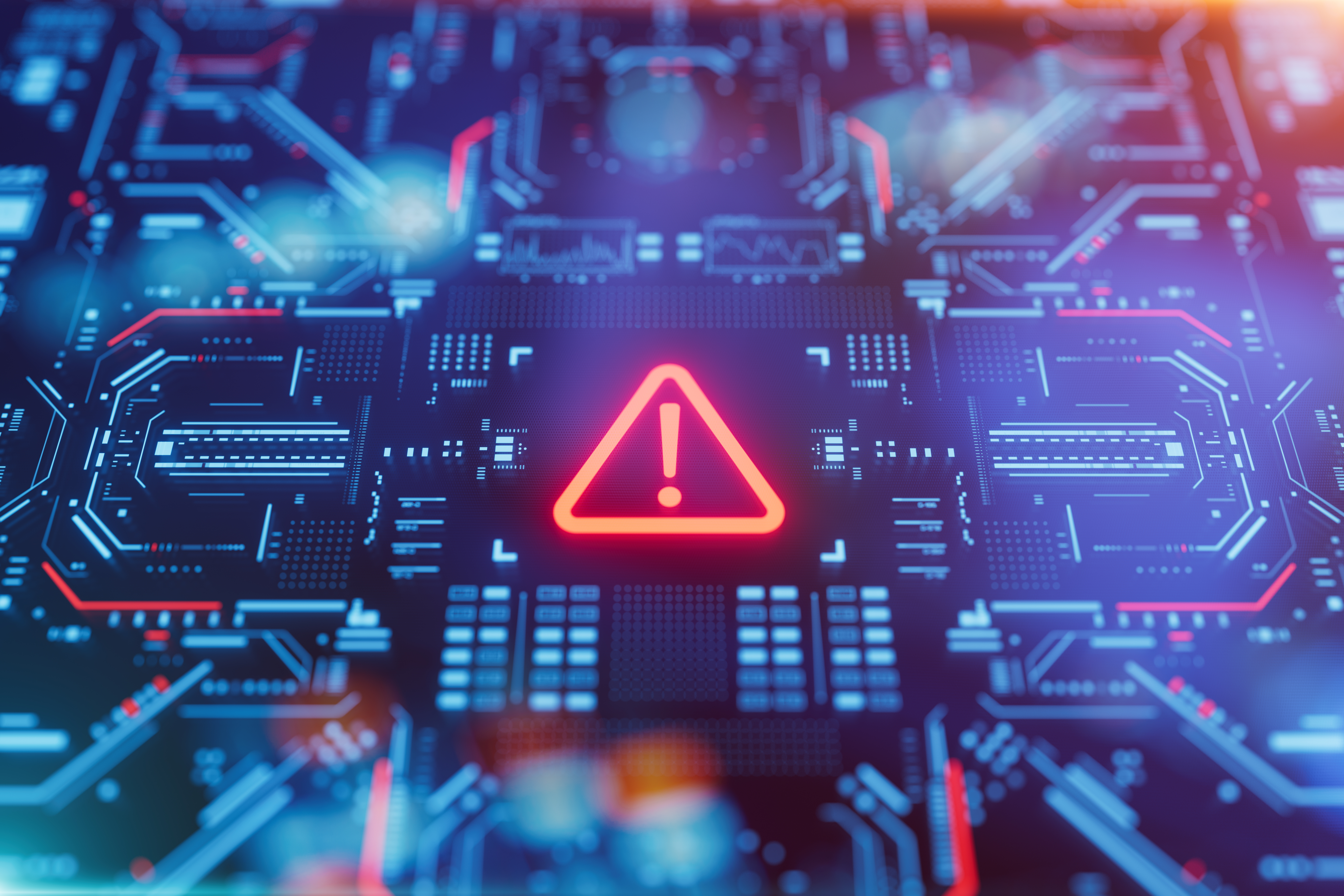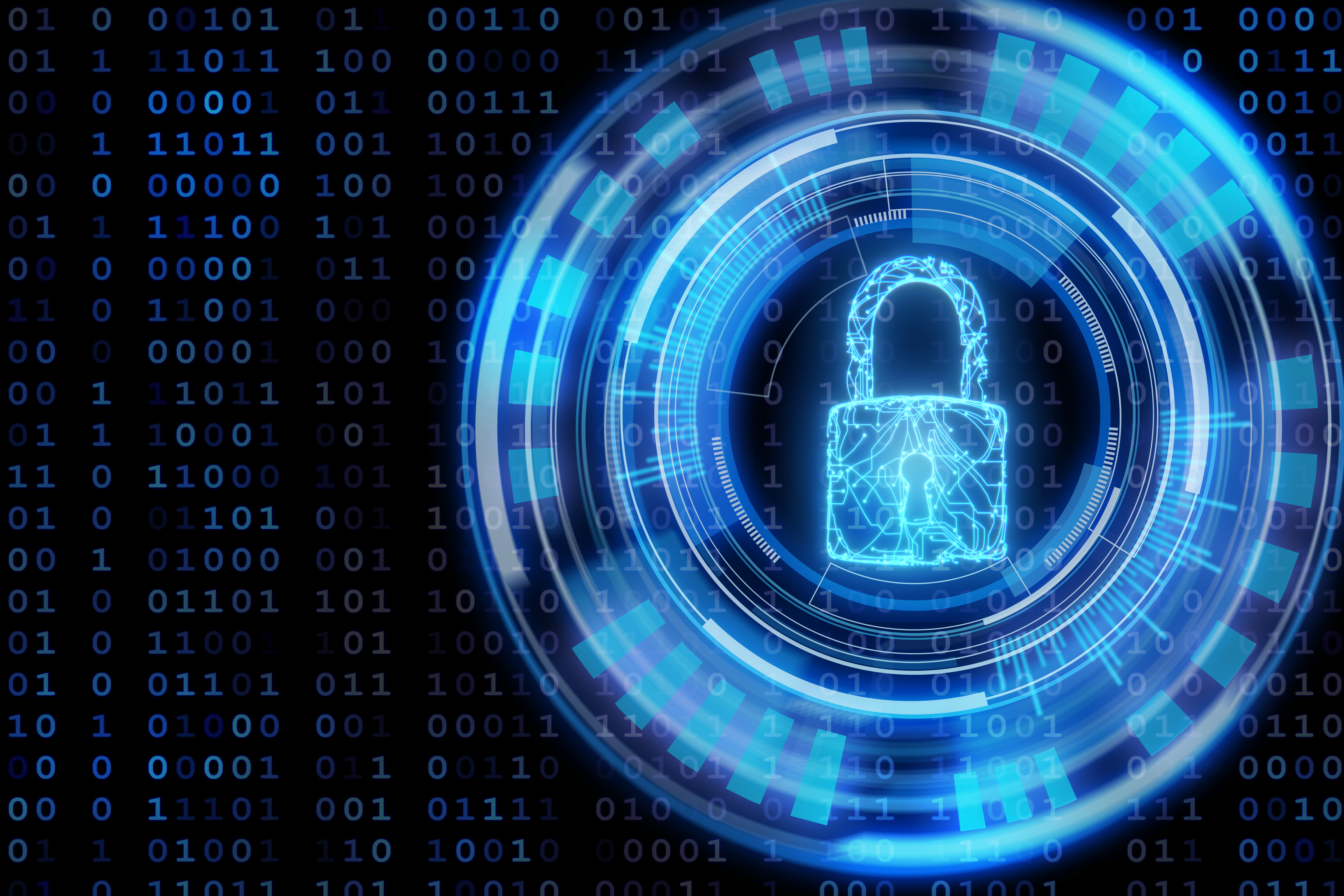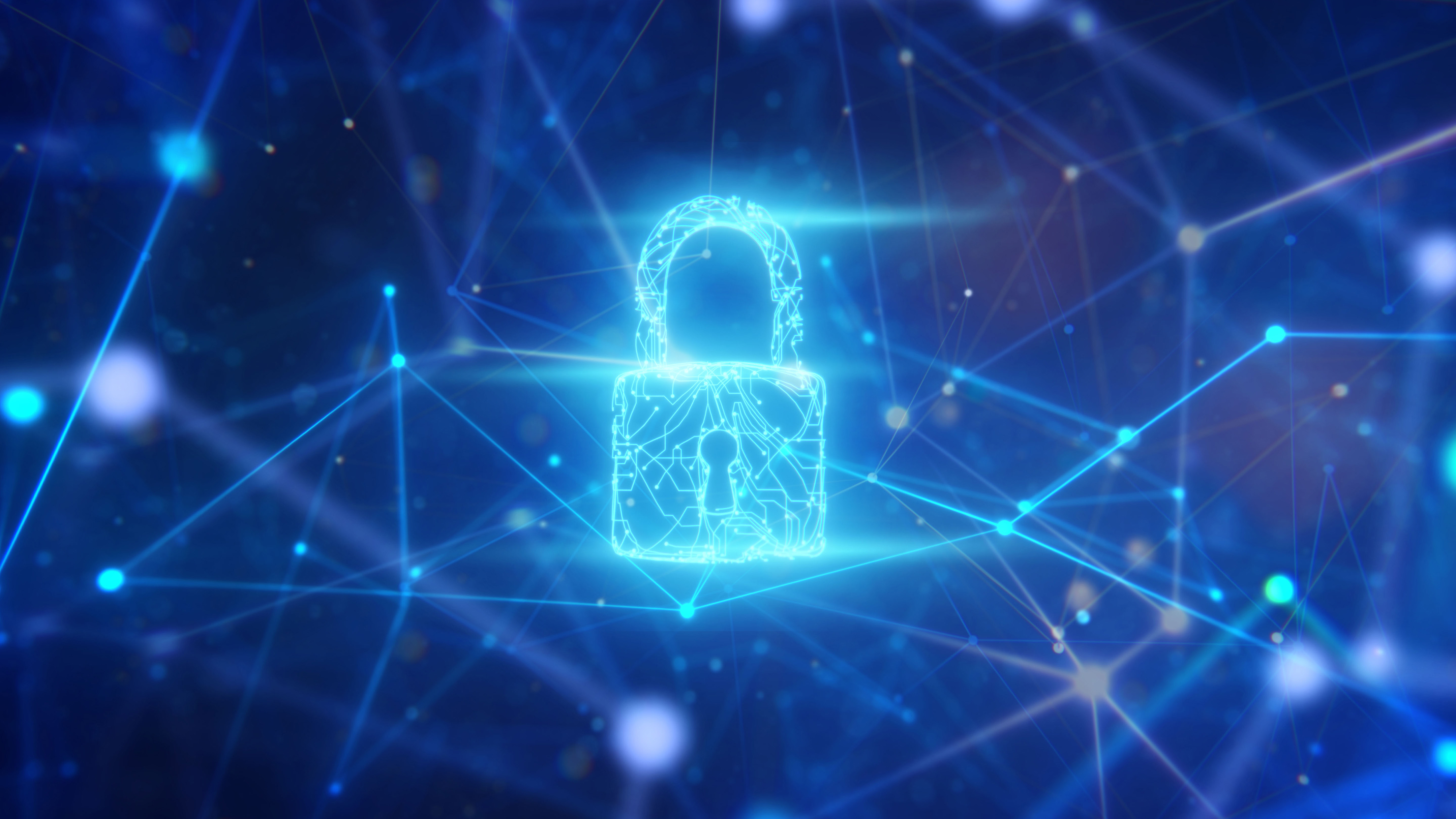How to balance your understanding of threats and how you respond to them
Learn how to effectively balance deep threat comprehension with timely response strategies to protect your organization from evolving cybersecurity risks


Balancing the understanding of cybersecurity threats with an effective response is critical for organizations today. The average cost of a data breach in the UK has risen to £3.58 million, according to the 2024 IBM Cost of a Data Breach Report, with the financial sector experiencing the highest costs at £6.05 million.
The report also highlights that organizations leveraging AI and automation can reduce breach costs by £1.06 million and cut incident response times by 106 days.
However, the challenge remains in avoiding "analysis paralysis," where over-analyzing threats can delay crucial responses. Insufficient understanding, on the other hand, can lead to ineffective responses, exacerbating damage.
As Martin Borrett, technical director of IBM Security UKI, explains: "Security AI and automation are effective in supporting team efforts to identify and accelerate incident response, helping UK companies reduce both breach expenses and business impact."
So, how can businesses strike the right balance between understanding cyber threats and responding swiftly to protect themselves in an increasingly complex threat landscape?
Understanding the threat landscape
Navigating the ever-evolving threat landscape requires more than just awareness; it demands a deep understanding of the potential risks that organizations face daily. Cyber threats have grown increasingly sophisticated, with attackers leveraging advanced tactics to bypass traditional defenses. This complexity makes it crucial for businesses to have a comprehensive grasp of the various types of threats they may encounter, from ransomware and phishing to more advanced persistent threats (APTs).
However, understanding these threats is not just about recognizing their existence—it's about knowing how they operate, what they target, and how they evolve. As Gartner's 2024 Leadership Vision report notes "security and risk management leaders need a structured approach to today’s security landscape."
Sign up today and you will receive a free copy of our Future Focus 2025 report - the leading guidance on AI, cybersecurity and other IT challenges as per 700+ senior executives
The report further emphasizes that nearly half of CIOs believe cybersecurity risk mitigation may well be hindering digital execution, highlighting the importance of balancing threat comprehension with business agility.
Effective threat intelligence involves gathering and analyzing data on potential threats, which is key to building this understanding. By integrating threat intelligence into their security strategy, organizations can anticipate and prepare for potential attacks, rather than merely reacting to them. A well-rounded approach to threat comprehension also involves staying up to date with the latest developments in the cybersecurity landscape.
This includes monitoring industry reports, participating in cybersecurity forums, and investing in continuous learning for security teams. By doing so, organizations can ensure they remain vigilant and informed, positioning themselves to identify and mitigate threats before they can cause significant damage.
The importance of a timely response
While understanding cyber threats is crucial, the ability to respond quickly and effectively is equally vital in minimizing the impact of an attack. A well-defined incident response plan (IRP) is the cornerstone of any robust cybersecurity strategy. This plan should outline clear roles and responsibilities, establish communication protocols, and detail the actions required to contain and remediate a threat as soon as it is detected.
The success of an incident response often hinges on preparation. Regularly conducting drills and simulations can help ensure that all team members know their roles and can act swiftly when a real threat emerges. These exercises also help identify any gaps in the response plan, allowing organizations to make necessary adjustments before an actual breach occurs.
Speed is essential, but it must be balanced with precision. An effective response requires not just quick action but the right action. Teams must be able to assess the situation accurately and implement the most appropriate measures to contain the threat without causing unnecessary disruption to business operations.
Effective communication is another critical component of a timely response. During a cyber incident, clear and coordinated communication both within the organization and with external partners, such as legal advisors and public relations teams, can help manage the situation more effectively and mitigate potential damage.
By focusing on these fundamentals - preparedness, accuracy, and communication - organizations can ensure that their responses to cyber threats are both swift and effective, minimizing the potential damage and speeding up the recovery process.
Balancing understanding with response
Striking the right balance between understanding cyber threats and responding to them effectively is a challenge that requires careful coordination. Too much emphasis on understanding threats can lead to delays in response, while a focus on rapid response without sufficient understanding can result in missteps that exacerbate the impact of an incident. The key to achieving this balance lies in integrating threat intelligence with response planning.
Organizations should consider implementing a layered approach to cybersecurity. This involves continuously gathering and analyzing threat intelligence to stay informed about emerging risks while simultaneously maintaining a well-prepared incident response team ready to act when threats materialize. By aligning these two functions—threat understanding and response—businesses can ensure that their security measures are both proactive and reactive, effectively reducing the window of opportunity for attackers.
Collaboration between different teams within the organization is essential for this balance. Security teams, IT departments, and executive leadership must work together to ensure that threat intelligence informs decision-making at every level, and that response plans are both practical and comprehensive. Regular cross-departmental meetings and joint training exercises can help build this collaboration, ensuring that everyone is on the same page when an incident occurs.
Moreover, it's crucial to continuously evaluate and refine both your threat intelligence efforts and your response capabilities. Cyber threats are constantly evolving, and so too must your strategies for dealing with them. Regular assessments and updates to both your understanding of threats and your response protocols are essential for maintaining resilience in the face of an ever-changing threat landscape.
Building a resilient cybersecurity strategy
Building a resilient cybersecurity strategy requires a balance between understanding threats and responding effectively. In 2023, 44.7% of data breaches involved the exploitation of valid credentials, up from 41.6% the previous year, underscoring the need for robust identity management, according to a Deloitte report.
"Ransomware remains a formidable threat, with increasingly sophisticated tactics that require organizations to adopt both preventive measures and strong recovery strategies," the firm notes.
To achieve true cyber resilience, businesses must ensure their cybersecurity efforts are both comprehensive and adaptive to evolving threats. Investing in the right technology is crucial, but equally important is investing in people. Ensuring that your security team is well-trained and up to date with the latest threat landscapes and response techniques is vital. Regular training and awareness programs help mitigate the significant risk posed by human error.
Incident response plans should be living documents, regularly updated based on new intelligence and past experiences. Regular drills and simulations are essential to ensure effectiveness and that all team members understand their roles. After every incident, a thorough post-mortem analysis allows organizations to learn and adapt, making necessary adjustments to their strategies.
By fostering a culture of continuous learning and ensuring that threat understanding is always balanced with response capabilities, organizations can build a cybersecurity strategy that protects today and prepares for tomorrow's challenges.
Rene Millman is a freelance writer and broadcaster who covers cybersecurity, AI, IoT, and the cloud. He also works as a contributing analyst at GigaOm and has previously worked as an analyst for Gartner covering the infrastructure market. He has made numerous television appearances to give his views and expertise on technology trends and companies that affect and shape our lives. You can follow Rene Millman on Twitter.
-
 Five ways cyber criminals target healthcare and how to stop them
Five ways cyber criminals target healthcare and how to stop themSupported content Medical institutions are among the top targets for threat actors, here five major threats facing the healthcare sector and what organizations can do to stay secure
-
 Where will AI take security, and are we ready?
Where will AI take security, and are we ready?whitepaper Steer through the risks and capitalise on the benefits of AI in cyber security
-
 How ready is your company for NIS2?
How ready is your company for NIS2?Supported Content The EU’s latest cybersecurity legislation raises the stakes for enterprises and IT leaders - and ensuring compliance can be a daunting task
-
 Does every business need zero trust?
Does every business need zero trust?Supported content ‘Never trust, always verify’ and your business might reap more than just the security benefits
-
 In-house skills and co-management, what is the balance to optimize security skills needed for cyber resilience
In-house skills and co-management, what is the balance to optimize security skills needed for cyber resilienceSupported Content Balancing in-house cybersecurity skills with co-management is key to achieving robust cyber resilience, ensuring businesses are equipped to counter evolving threats effectively
-
 Securing a multi-cloud environment
Securing a multi-cloud environmentSupported Content With businesses increasingly opting to use a variety of cloud providers, ensuring complete security is more important than ever
-
 How organizations can derive value from security investments and enable business growth
How organizations can derive value from security investments and enable business growthSupported Content and alienate existing customers
-
 The convergence of network and security – how it helps achieve business outcomes
The convergence of network and security – how it helps achieve business outcomesSupported Content As networks and security converge, will businesses see improved efficiency, stronger protection, and better support for key outcomes in today’s digital landscape?


